Table of Contents
On every Personal Computer that runs on Windows, the driver (or PC driver) is a very important program that is mainly responsible for establishing a communication between the system and its hardware resources (like graphics card, hard drive, and Bluetooth) as well as peripherals like a monitor, keyboard, and mouse. In most cases, the PC drivers get installed automatically when the OS (Operating System) gets installed, using the in-built driver library. But there could be certain scenarios where you would have to manually check and update your PC drivers due to a variety of reasons like Windows failed to recognize a component of the system or the system crashes or stops working completely after a Windows upgrade.
Also, there could be instances where the Windows update has installed a generic package on your computer and it needs a critical fix to be applied in order to access the newly installed features.
But regardless of the reasons, we will always recommend you to keep the drivers of your system updated. Windows might ask you, with the help of a prompt, to update it or you can do it manually.
In this article, we will discuss various methods to check and update the hardware drivers of your personal computer.
Methods to Check and Upgrade PC Drivers
Before diving into the methods to update PC drivers, let us understand the reasons why your PC has outdated drivers. There are multiple reasons, including:
- Windows doesn’t provide an update to all its drivers by itself. As a result of this, hardware manufacturers have to go through the tedious acceptance process before Microsoft includes the driver in the upcoming Windows update.
- Your computer already arrived with outdated drivers. It might happen that by the time you bought your PC, newer versions of drivers became available for your system.
Method 1: Update PC Drivers Using Windows Update
The manufacturers consume quite a bit of time to make and release driver updates. Therefore, it is suggested that you keep checking for the availability of driver updates manually. Start the process once and if the update is available for your system. Following this process will ensure that you download and install the authentic and genuine versions of the drivers.
To manually update your PC drivers, kindly follow the steps given below.
- Press the Start key on the keyboard. Alternatively, you can click on the Start button on the top left corner of your Windows screen.

- Click on the Settings button to open the Settings page.
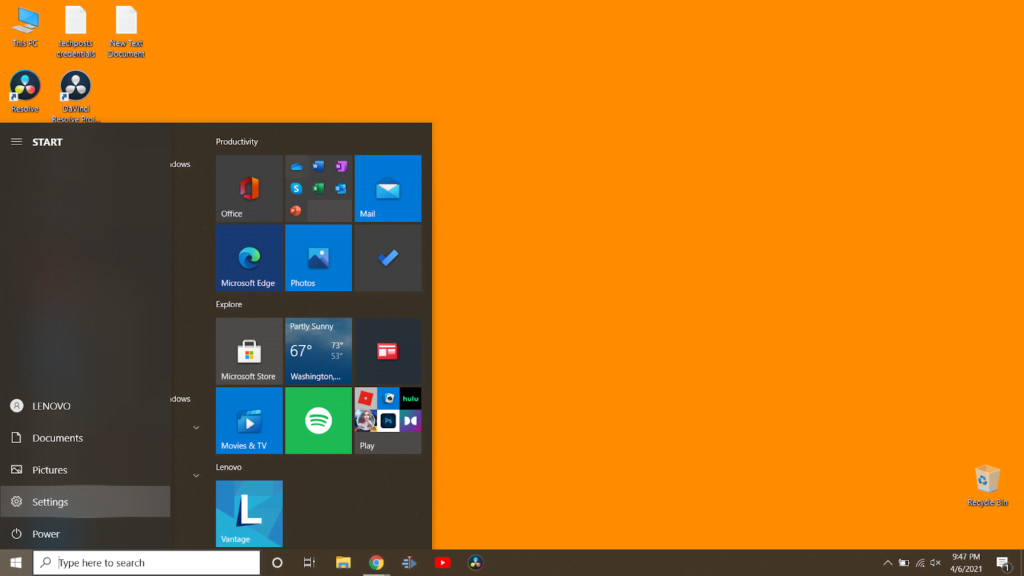
- Click on Update & Security.
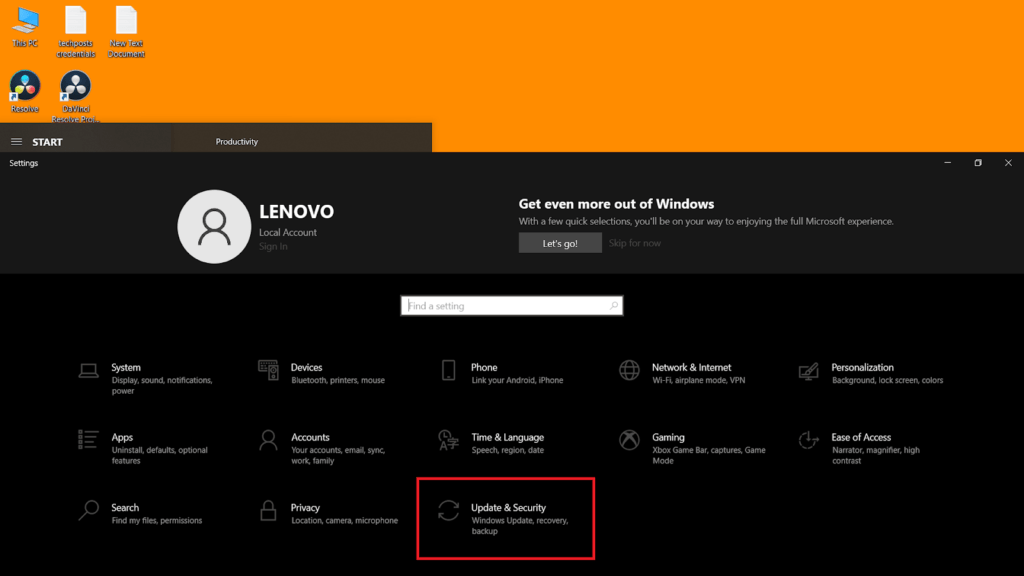
- Choose Windows Update.
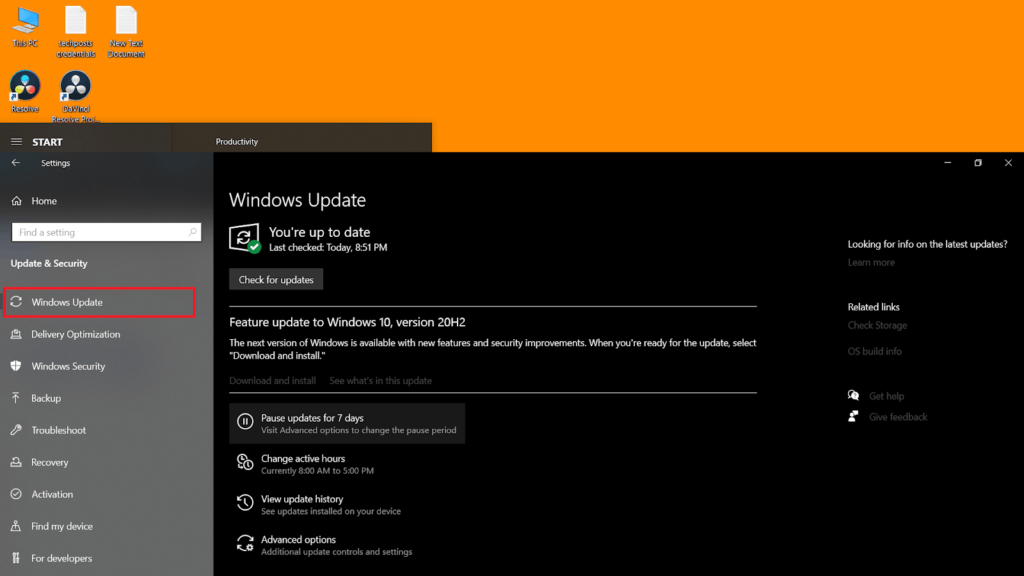
- Select Check for Updates button (if the option is applicable and available for you. If it is not, then it means that there are no Windows drivers updates available for your system and you have the latest version of it already installed. You need not follow these steps further).
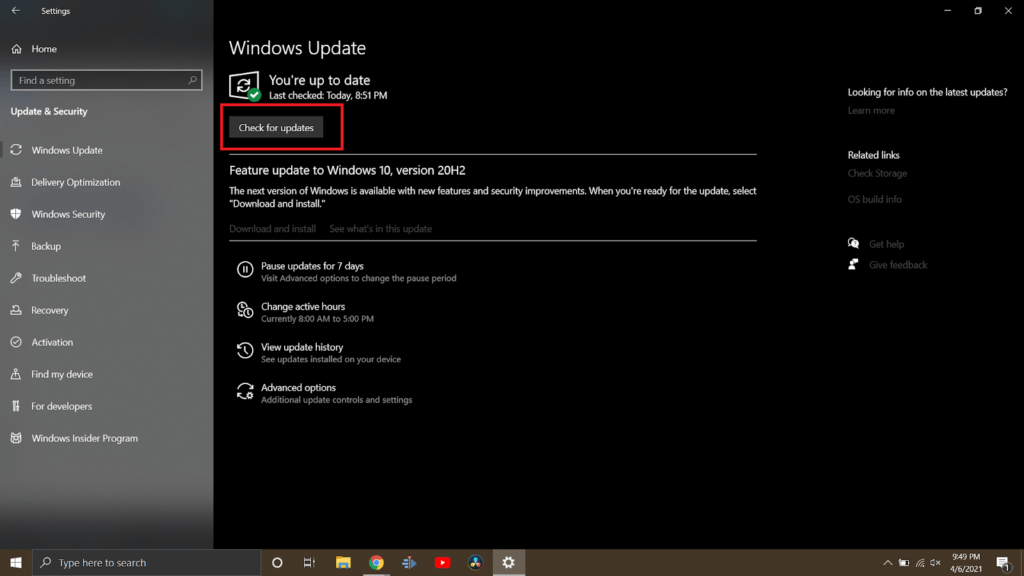
- Click on View optional updates.

- Click on the Driver updates tab.
- Select the driver you want to update.

- Click on the Download and Install button.
Once you have properly followed the steps described above, you will have downloaded and installed the latest version of the driver you chose during the update process.
Method 2: PC Drivers Update Using Device Manager
Another way to update your PC drivers in Windows is through the Device Manager. It so happens almost always that once the manufacturer has released an update for the PC drivers, they will also have provided the instructions to follow. You are advised to strictly follow them if they are available. If the instructions are unavailable, you can simply double-click on the installer file and proceed with the installation procedure.
If at all you’ve downloaded a compressed version of the installer file (most probably a zip or a rar file), kindly extract the file first to obtain the installer file.
To install the PC drivers using a Device Manager, follow these steps.
- Open Start.
- Type Device Manager. Click on the option named the same.
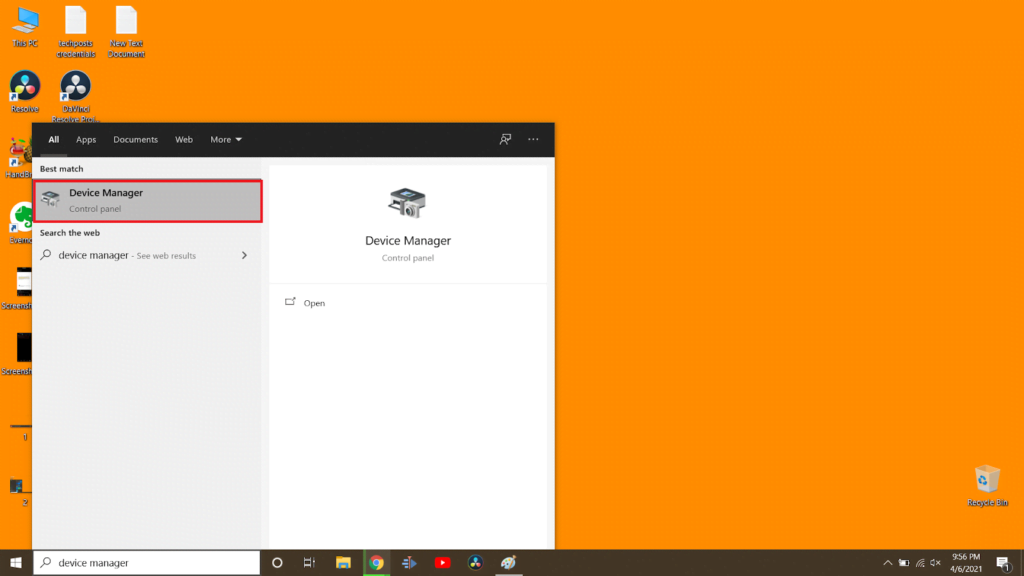
- You will now see a list of drivers installed on your personal computer. Double-click on the option where the driver you wish to update lies.
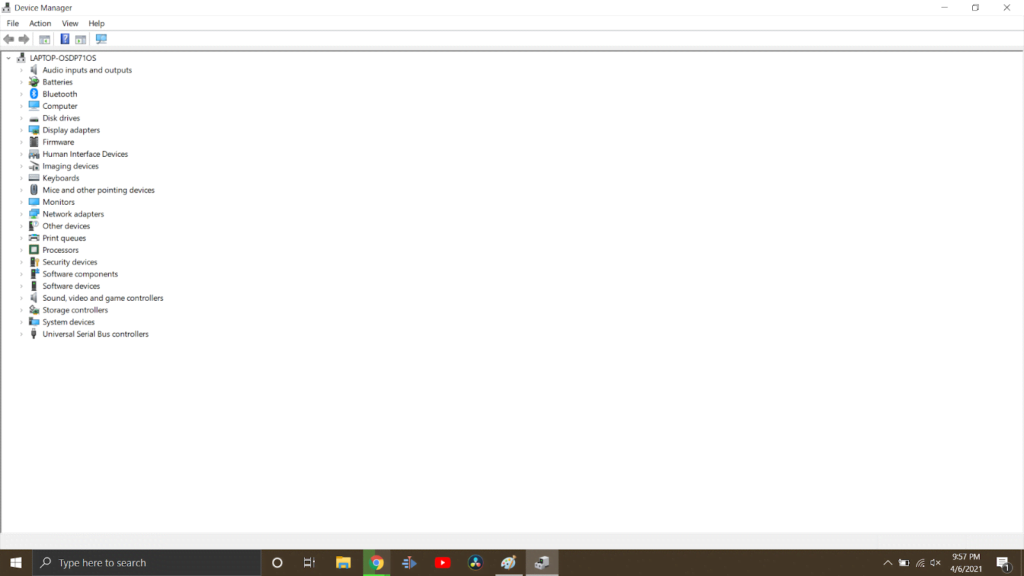
- Right-click on the driver’s name.
- Select Update Driver.

- Choose the Browse my computer for driver software option.
- Click the Browse button.
- You will now have to choose the folder where the extracted files of the driver lie.
- Select OK.
- To find the correct file of the extension ‘.inf’ (information file), kindly check on the Include subfolders checkbox.
- Click on Next.
Once you have successfully completed the steps given above, the wizard will start the process of installing the latest version of the PC driver on your device. This will help in the better performance of your system and give you a greater experience.
In the earlier times, the Device Manager was also used to download the drivers directly from the Windows server. This made the complete installation of the latest drivers very convenient and easy. However, this feature is not possible to follow anymore due to the sole reason that this option has been removed from the Device Manager by Microsoft. This happened in the event of the May 2020 Windows Update release.

